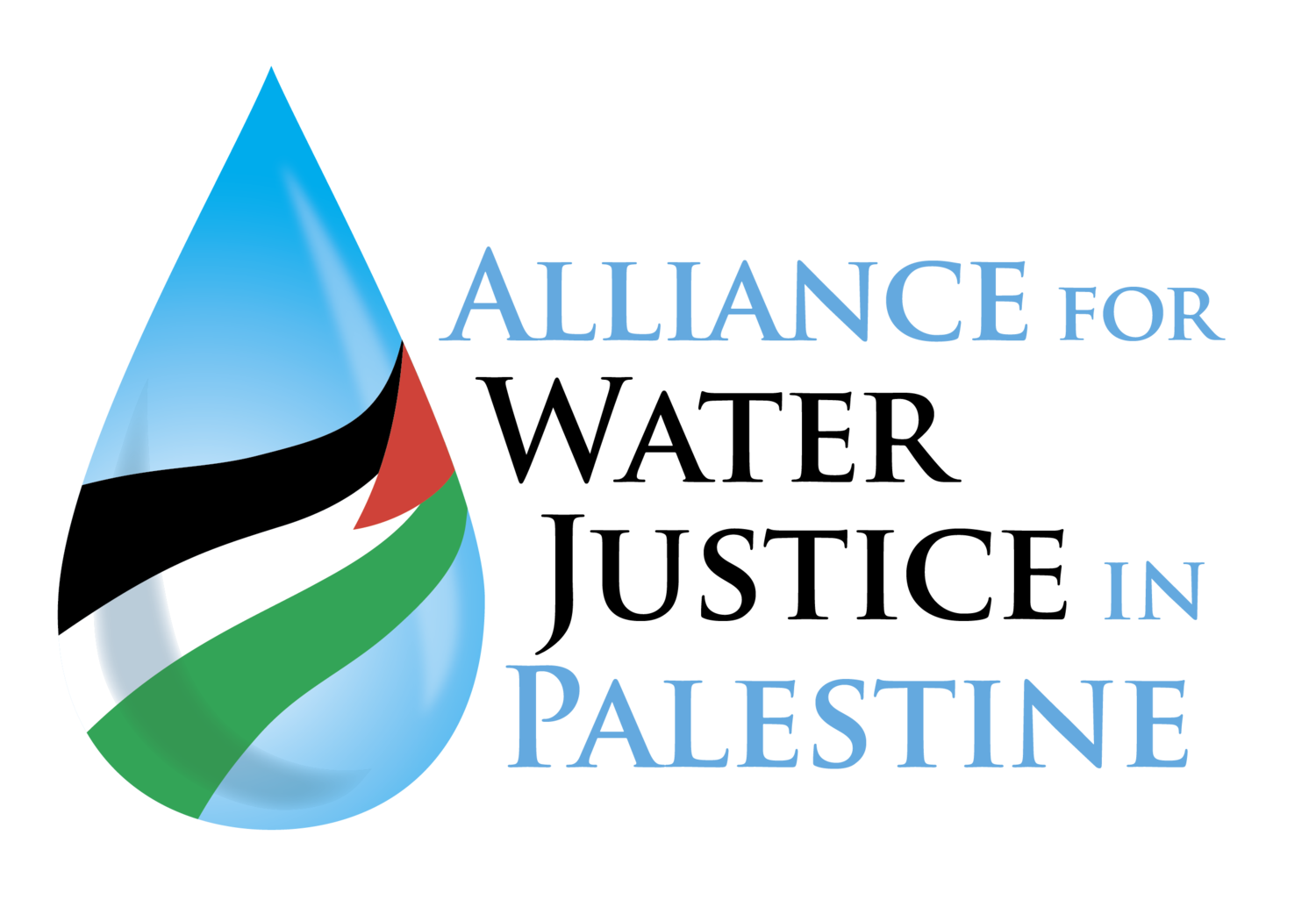The Palestinian Water Crisis Is Everybody's Problem – Including Israel
While all eyes in Israel are on a potential new regional war, there's another crisis going on – a pan-Palestinian water and sewage situation with dire health, social and political consequences. Israel, the main instigator of the crisis, seems to believe it won't be affected
Dahlia Scheindlin Aug 10, 2024 9:47 pm IDT
Gaza's water situation is disastrous.
In a poll from late May, the Palestinian Center for Policy and Survey research found that only 36 percent of Gazans said water was available where they are staying.
An Oxfam report from July found that from November through May, Gazans had an average of 4.74 liters of water per capita per day. That's less than one-third of the minimum amount needed for survival in emergencies: 15 liters of water per day, including drinking water and hygiene needs.
At the start of the war, the Israeli government shut down the three pipelines for the water that Israel sells to Gaza, making up about 12 percent of Gaza's water supply (according to a recent report on water from Oxfam, an international NGO). Two have been reopened, but the damage means just a fraction of the original capacity goes through.
This may not be purposeful, as Israel has been accused of in international courts. But after the Israel Defense Forces blew up a water reservoir in late July, and following years of discriminatory water policies against Palestinians, the accusation carries a context.
A slight improvement came last week when the Palestinian Water Authority announced it had secured the transfer of 50,000 liters of fuel into northern Gaza – the largest amount since the war began, and a critical resource for powering water infrastructure, as well as sewage pumps.
But there's no comfort in crumbs, or drops. The minimum amount of fuel needed to power Gaza's "WASH" facilities – water supply, sanitation and health – is 70,000 liters per day, according to the UN Office for the Coordination of Humanitarian Affairs.
Out of service
Bushra Khalidi, Oxfam policy lead for the occupied territories and co-author of the NGO's recent report, says the average amount of water available to a Gazan each day is less than what others would use in a single toilet flush. During a water cutout one day in Ramallah, Khalidi recalls, she took a shower using four one-liter bottles, noticing that this was all Gazans had on average for a whole day.




